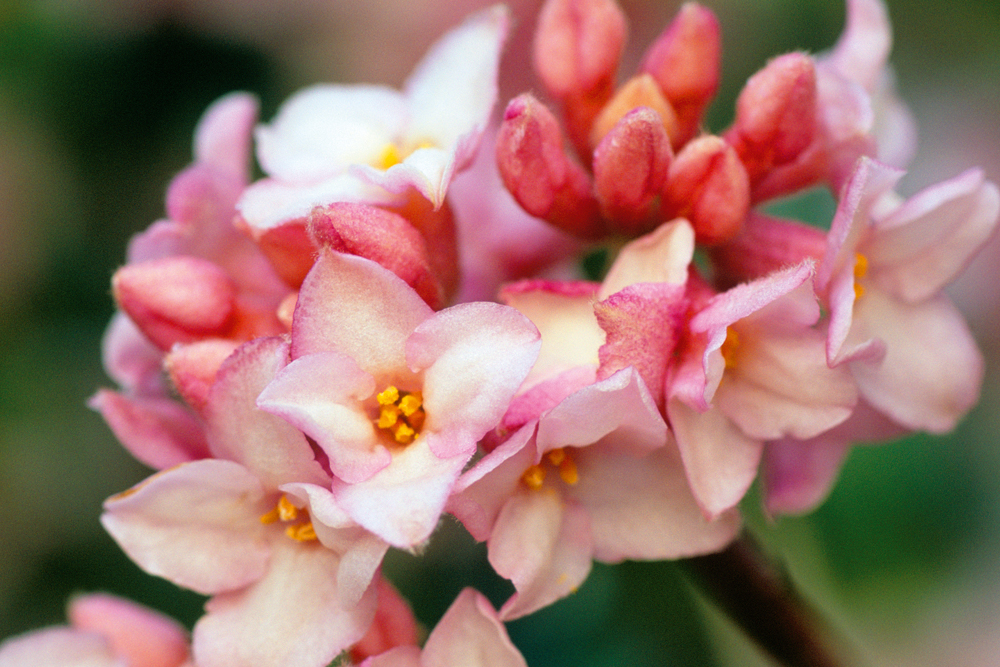Do you require some early color? Plant a daphne bush in your yard! These plants have a pleasant, fruity scent with exquisite white, pink, or lavender blooms that arrive in late winter and early spring, just when you think you can’t stand another bleak winter day. These bushes are wonderful since they bloom early in the season when there isn’t much else going on in the garden.
Picking A Spot For Planting Daphnes
Daphnes prefer moist, well-drained soil and will not survive drought or waterlogging. Daphne requires a neutral to slightly alkaline soil, with organic matter added if it is sandy. Heavy clay soil may not be suitable, and Daphne laureola and D. Mezereum are the most clay-tolerant plants.


All Daphnes thrive in a sunny, sheltered location. Daphnes dislike being clipped and are not appropriate for container gardening. Pruning should only be done if absolutely necessary, and then only after flowering. Daphne is a slow-growing shrub that takes 7-10 years to develop and then only grows to a height of 3-5 feet, depending on the type. Daphnes bloom primarily in the winter and spring.
The most important thing is to choose a location where your plant will thrive; check the tag to see how much fun it can handle. However, keep in mind that these bushes require sunlight to bloom, so don’t bury them in the shade. Most importantly, daphne bushes dislike dry, compacted soil or soil that is excessively moist, so opt for a well-drained location, according to Duvall.
Dig a hole twice the diameter of the pot and about the same depth. Don’t put the plant in too deep; daphne bushes prefer their root ball to be about 12 inches higher than the ground surrounding them, which is a typical mistake. Fill the dirt around the plant with more soil, water it thoroughly, and mulch it. Water once or twice a week for the first few weeks, and more frequently during dry spells as they establish themselves, especially in the first year or two.
Care Taking
Daphne is a challenging shrub to grow. They are difficult to transplant, and the grower must strike a careful balance between keeping the soil moist while also keeping it well-drained. These plants are known to die unexpectedly and for no apparent reason. To minimize disappointment, consider them temporary and arrange them in a location where they may be easily removed if your plant dies.


Well-established Daphne shrubs can be quite easy to care for if you manage to find the correct combination of conditions, as they don’t require much upkeep, pruning, or special care. Because there are so many different types of Daphne shrubs, you’ll need to choose one.
When planting a nursery-grown specimen, place it somewhat higher than it was growing in the nursery pot, about 1/2 inch higher than it was growing in the nursery pot. By incorporating some peat moss into the soil, you may get the slightly acidic pH level that these bushes prefer.
Also Read: Plant Wilting Can Be A Serious Problem When It Comes To Gardening.










Leave feedback about this